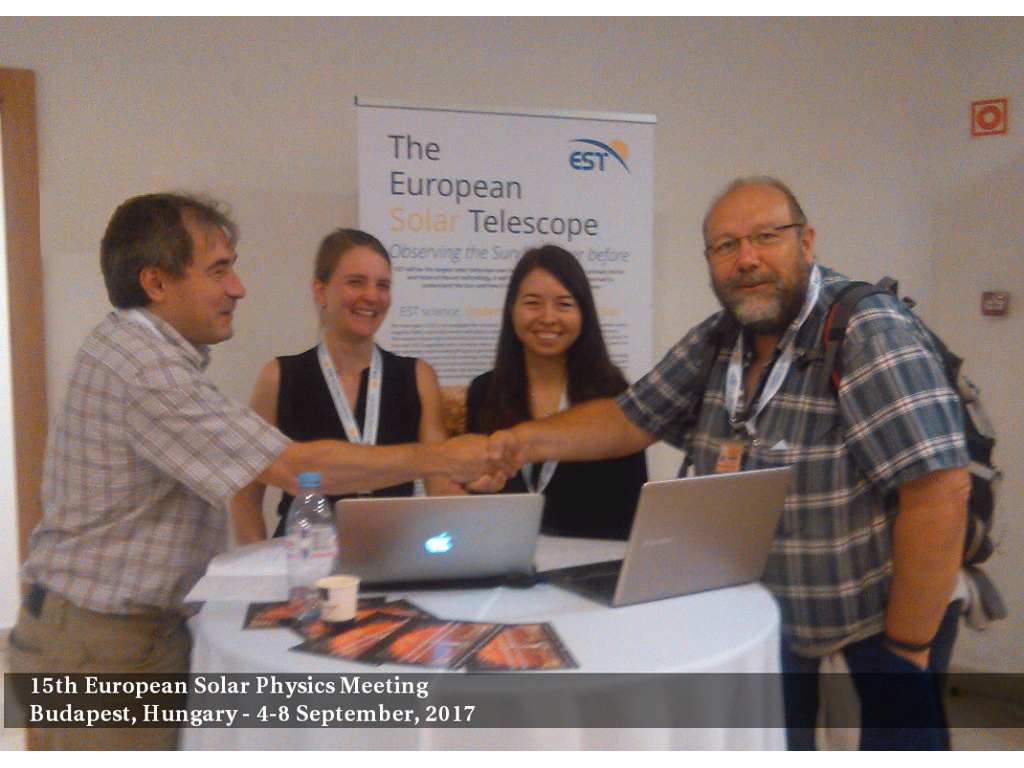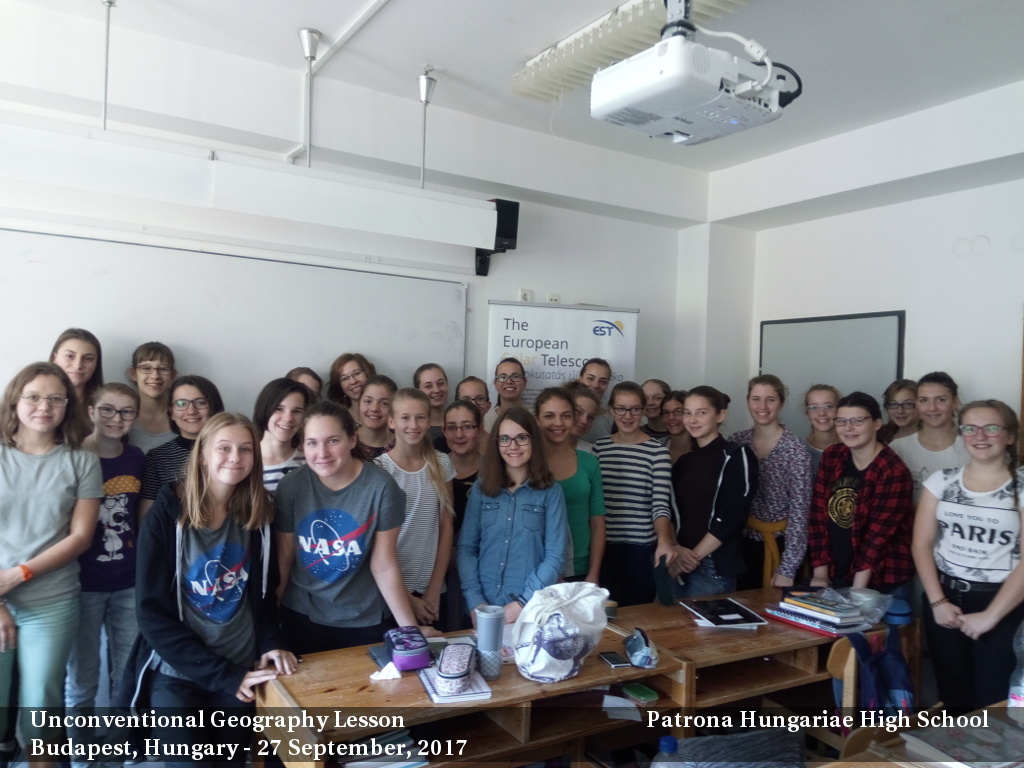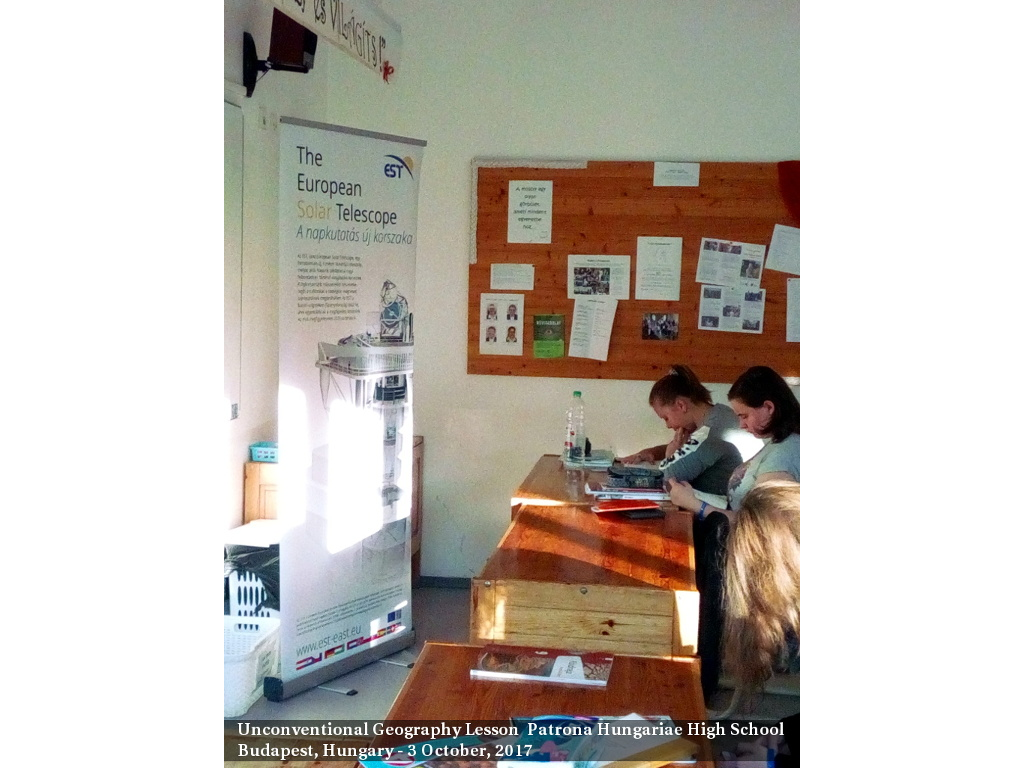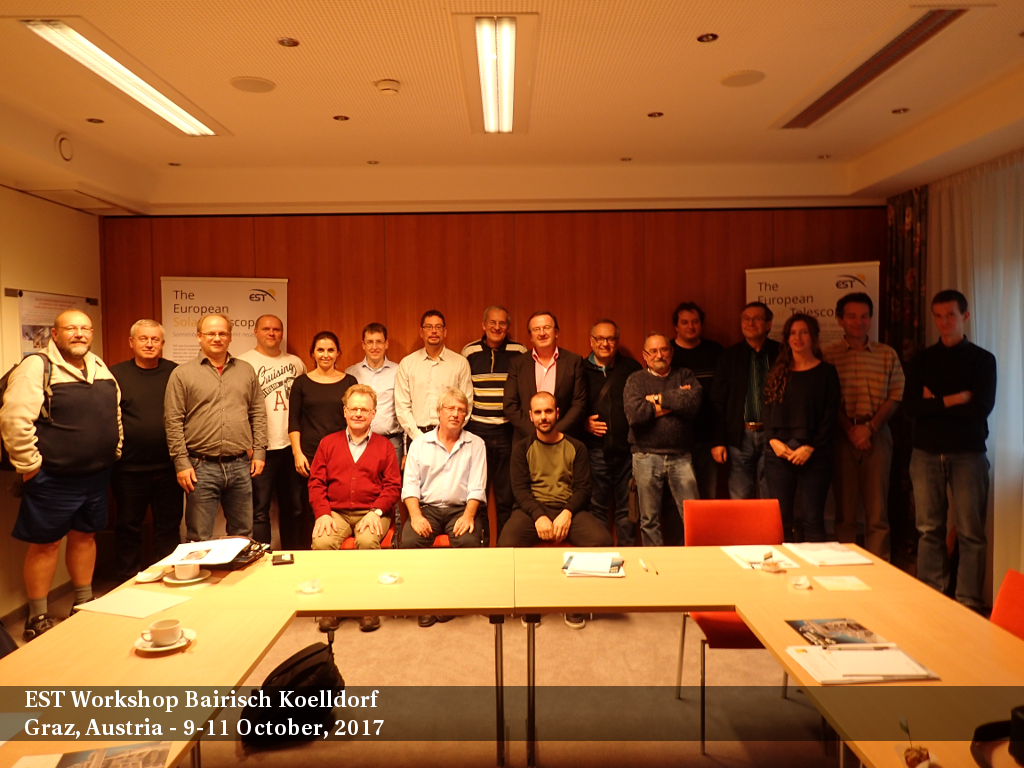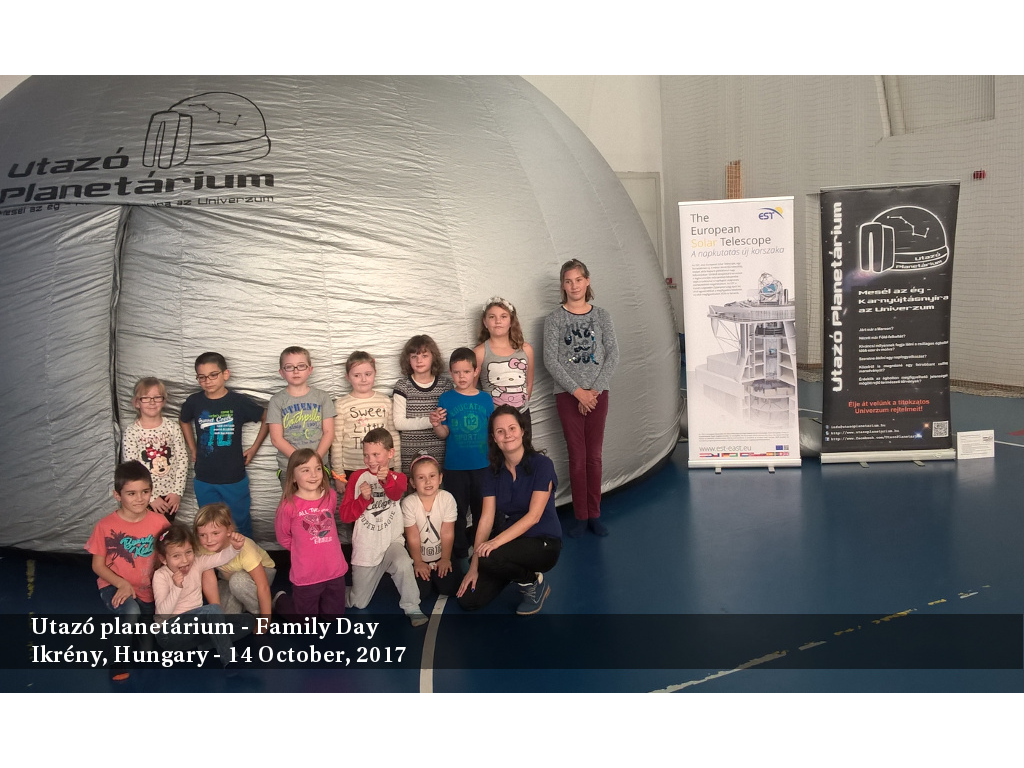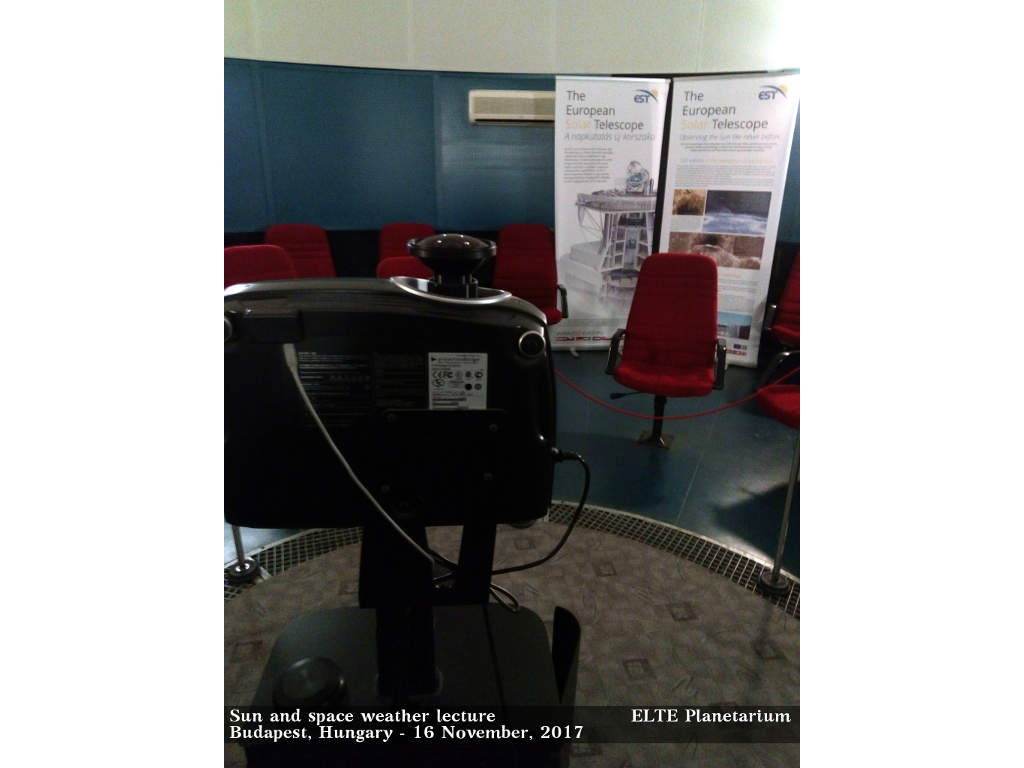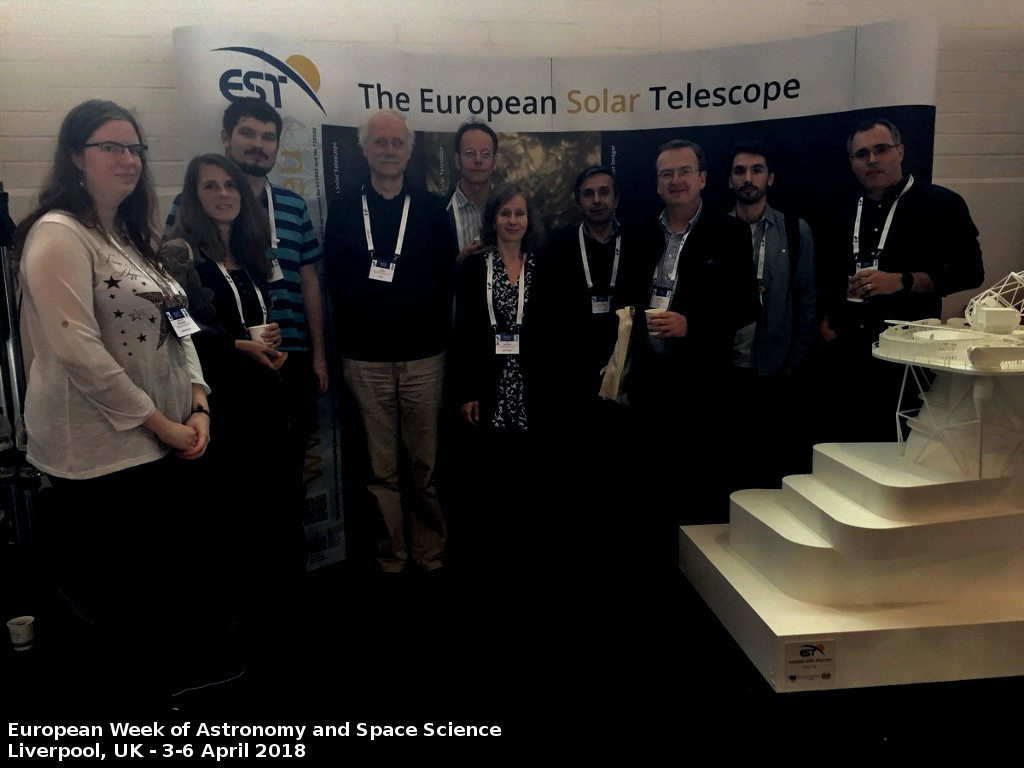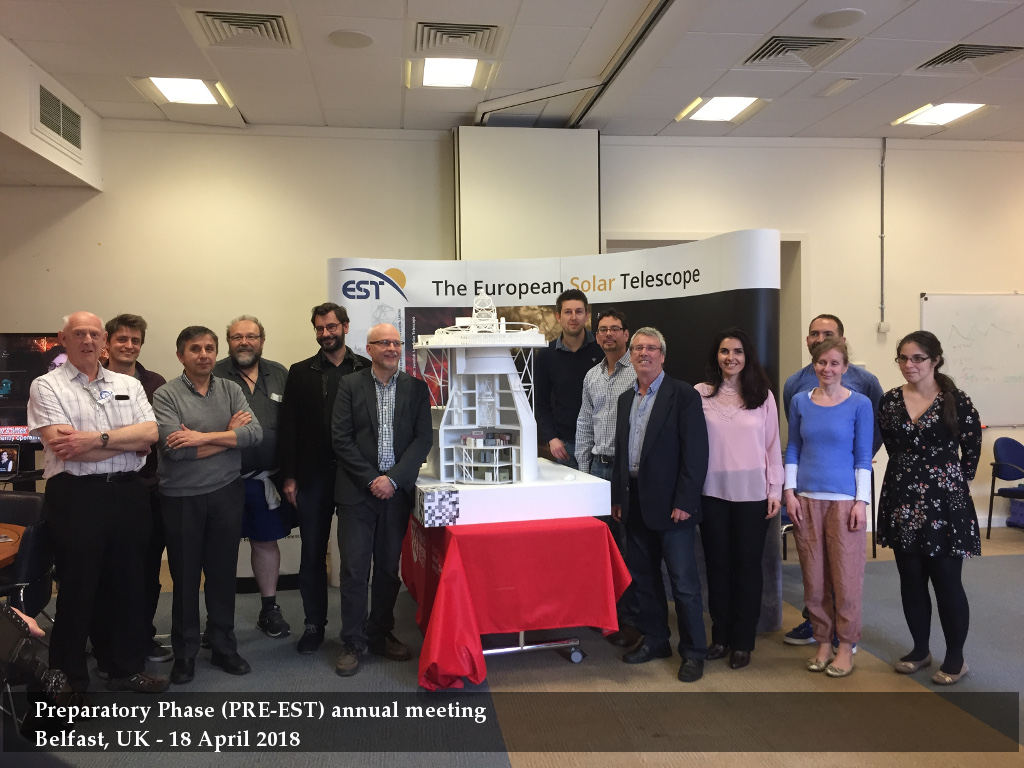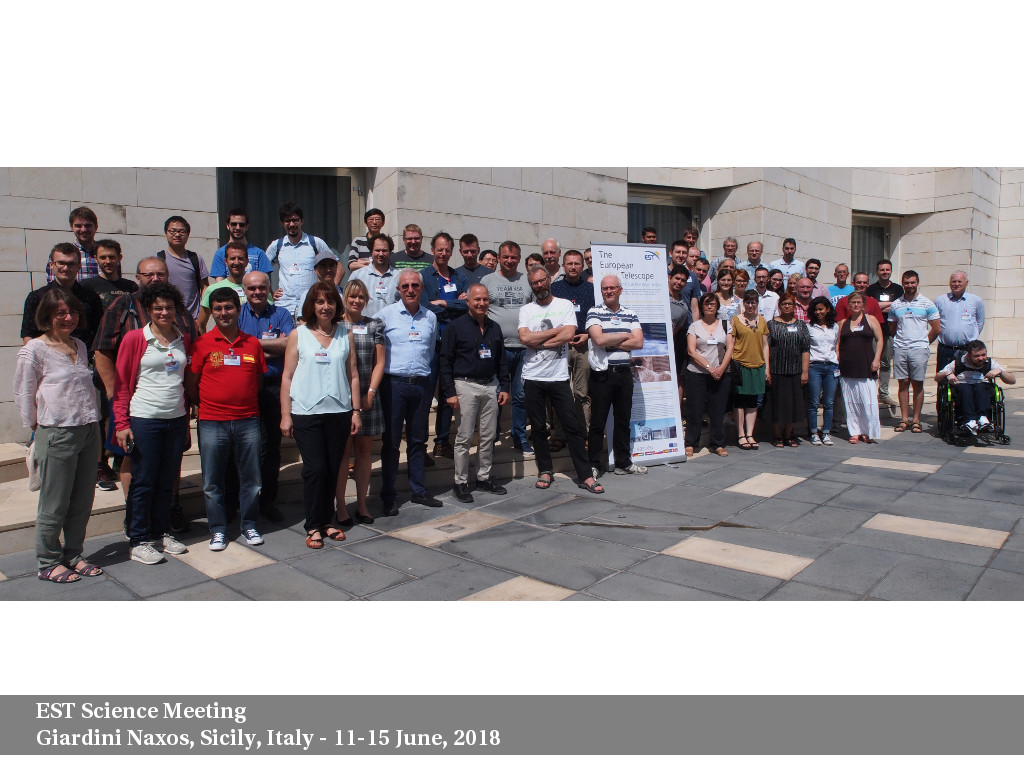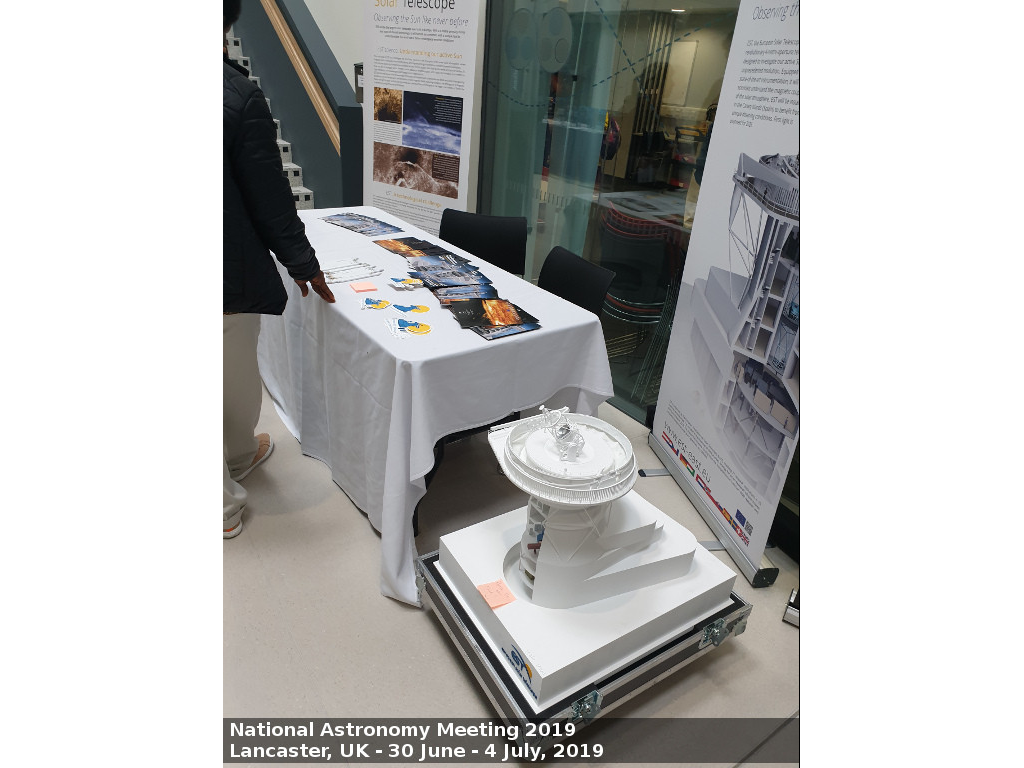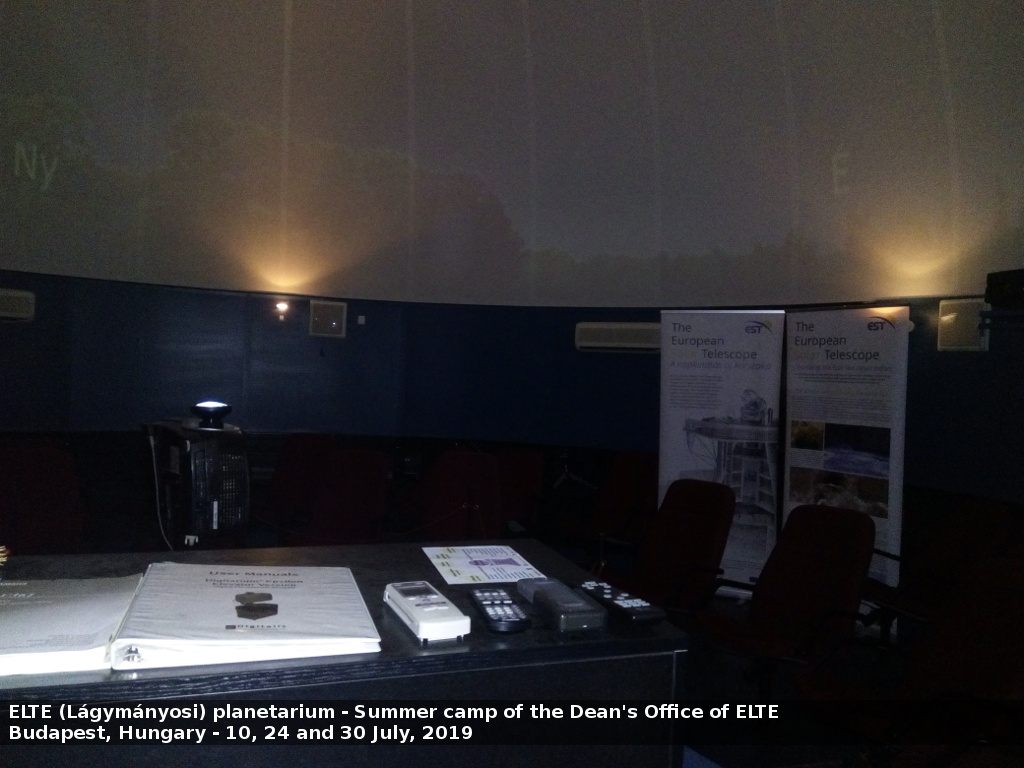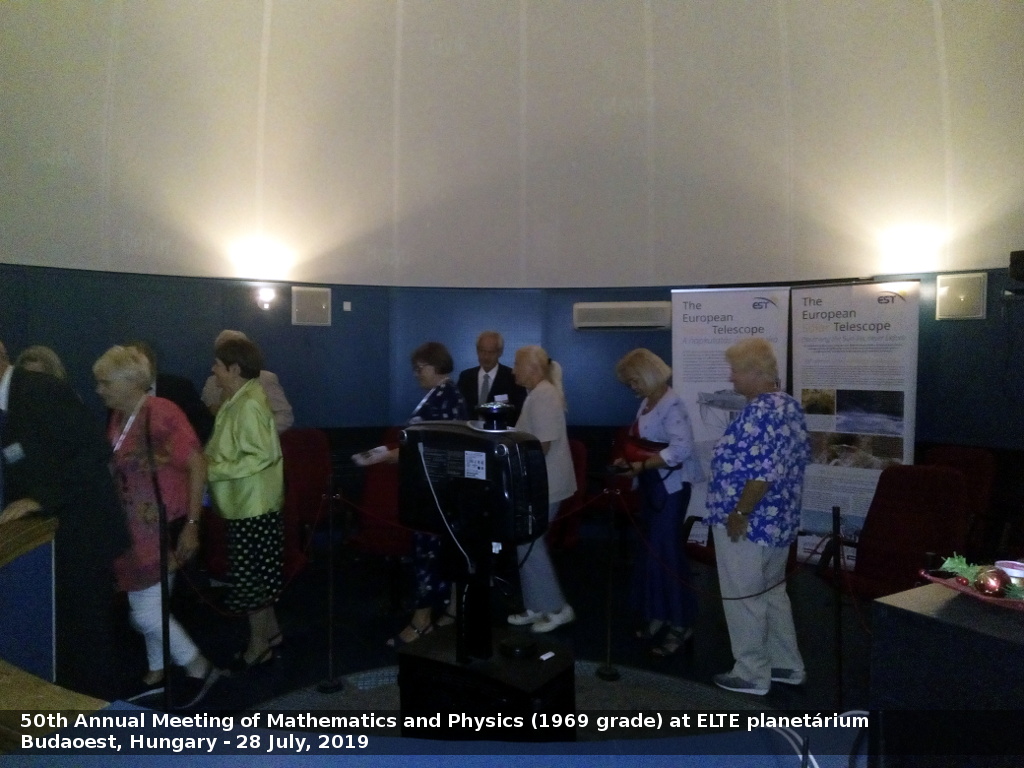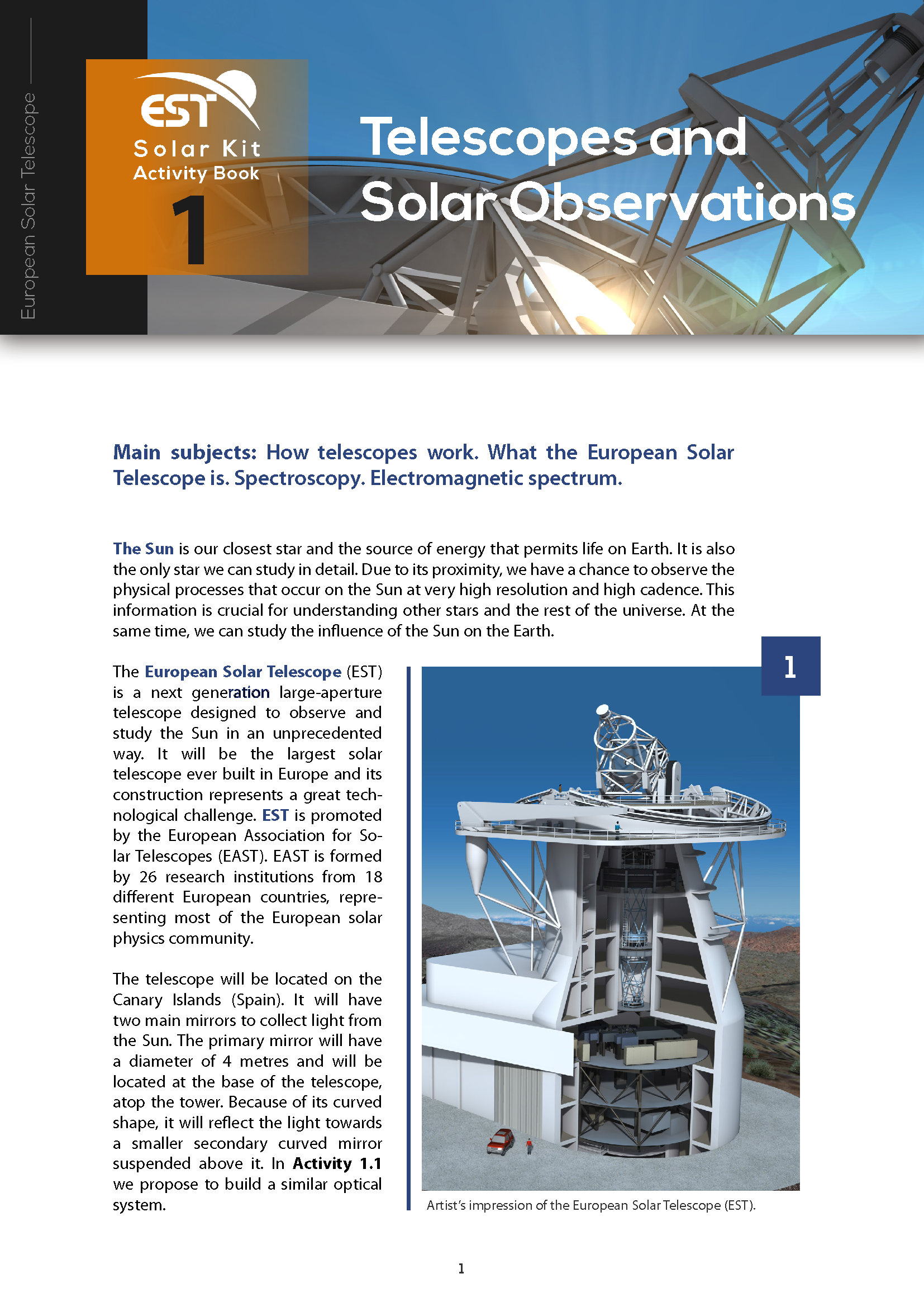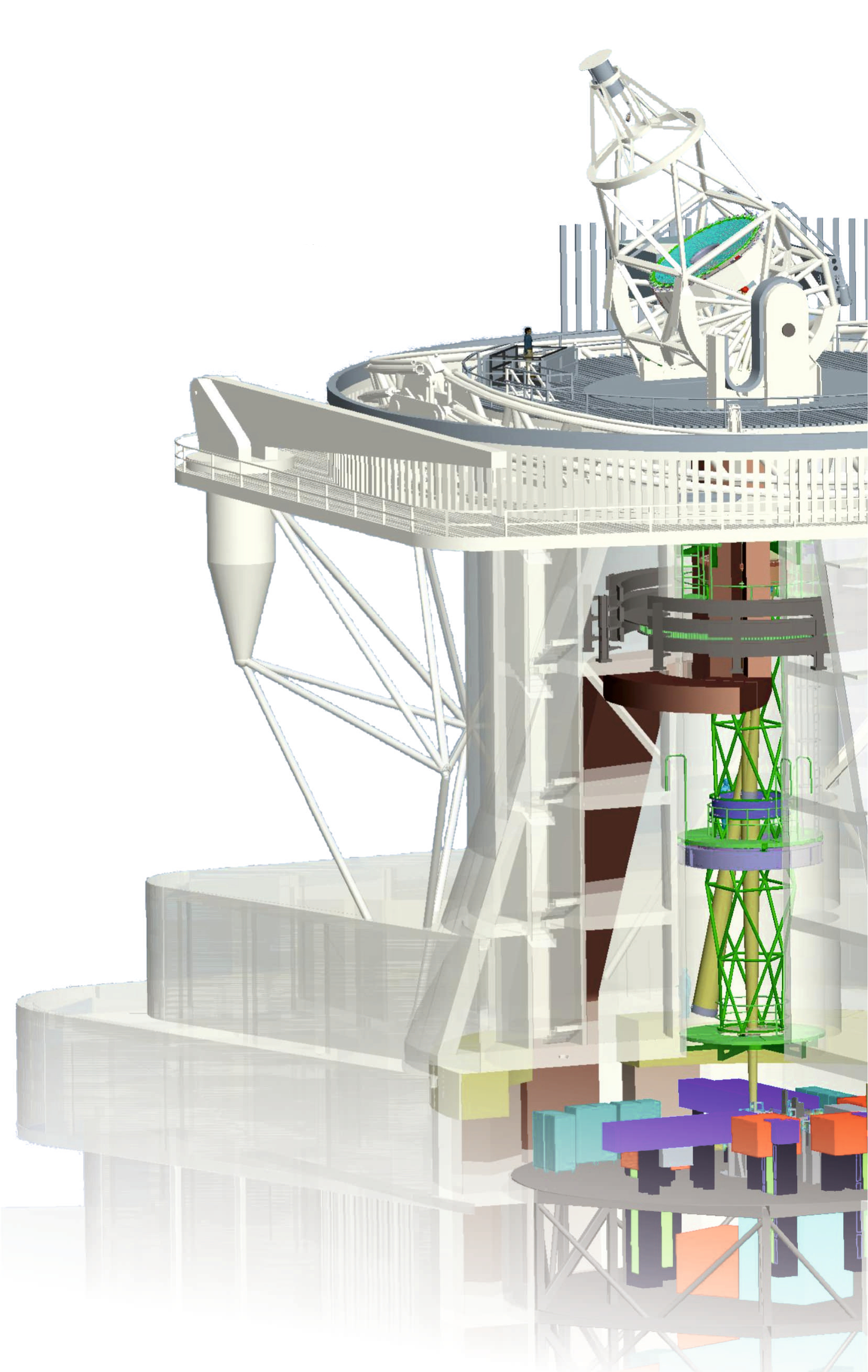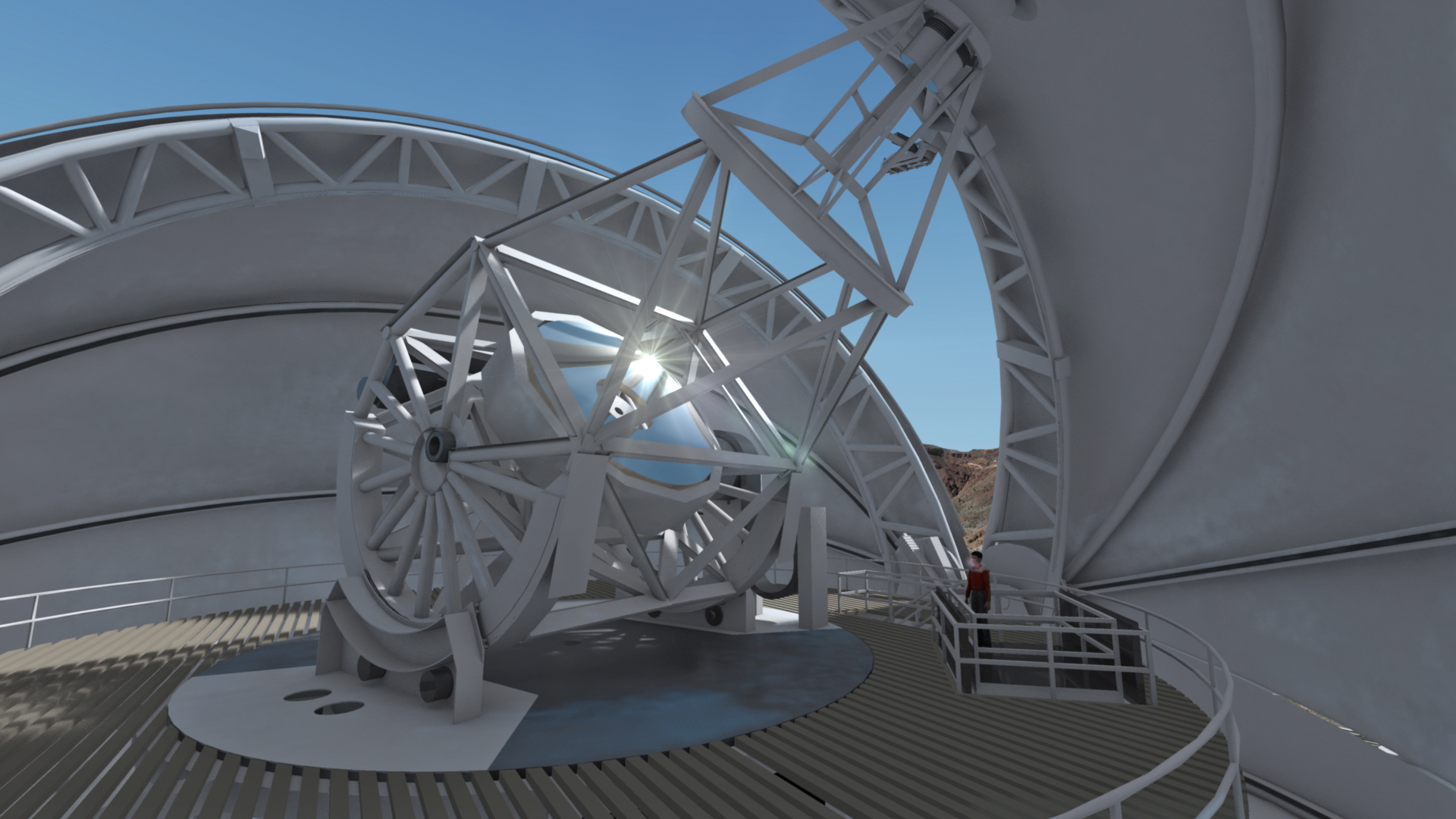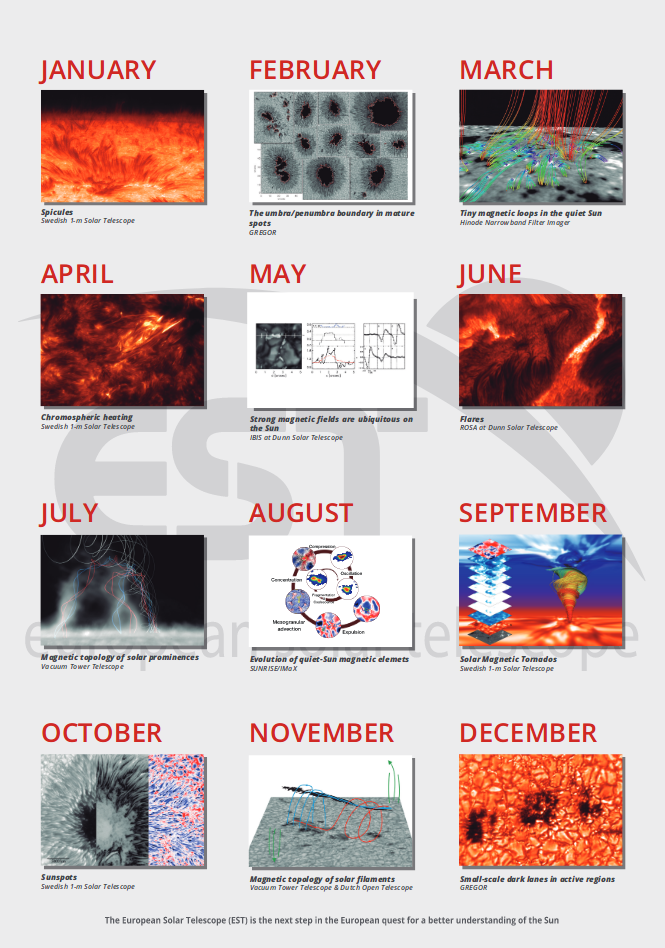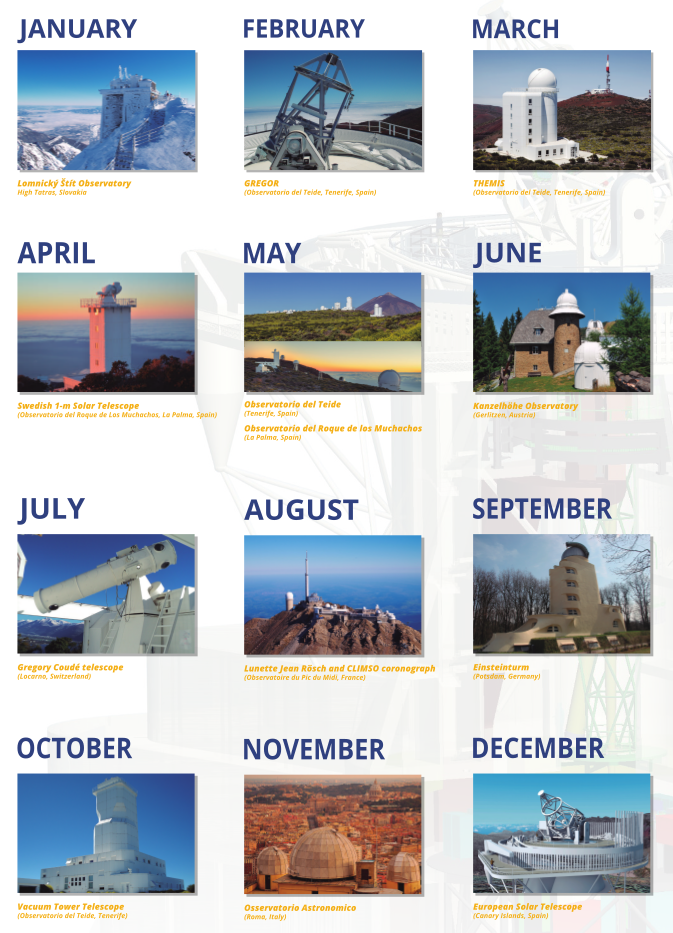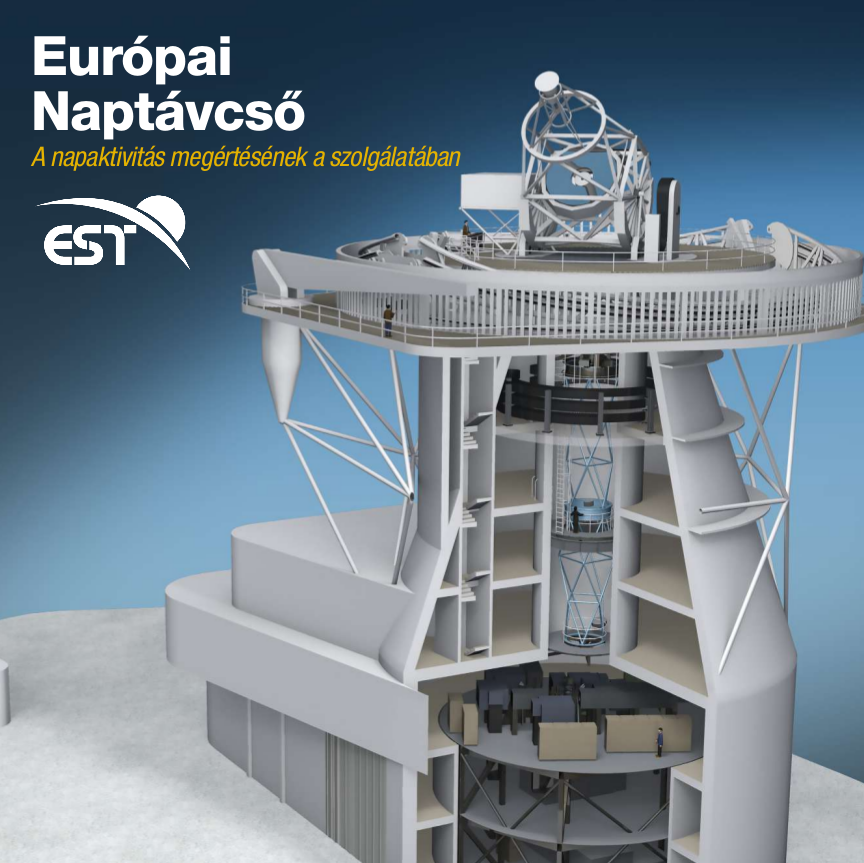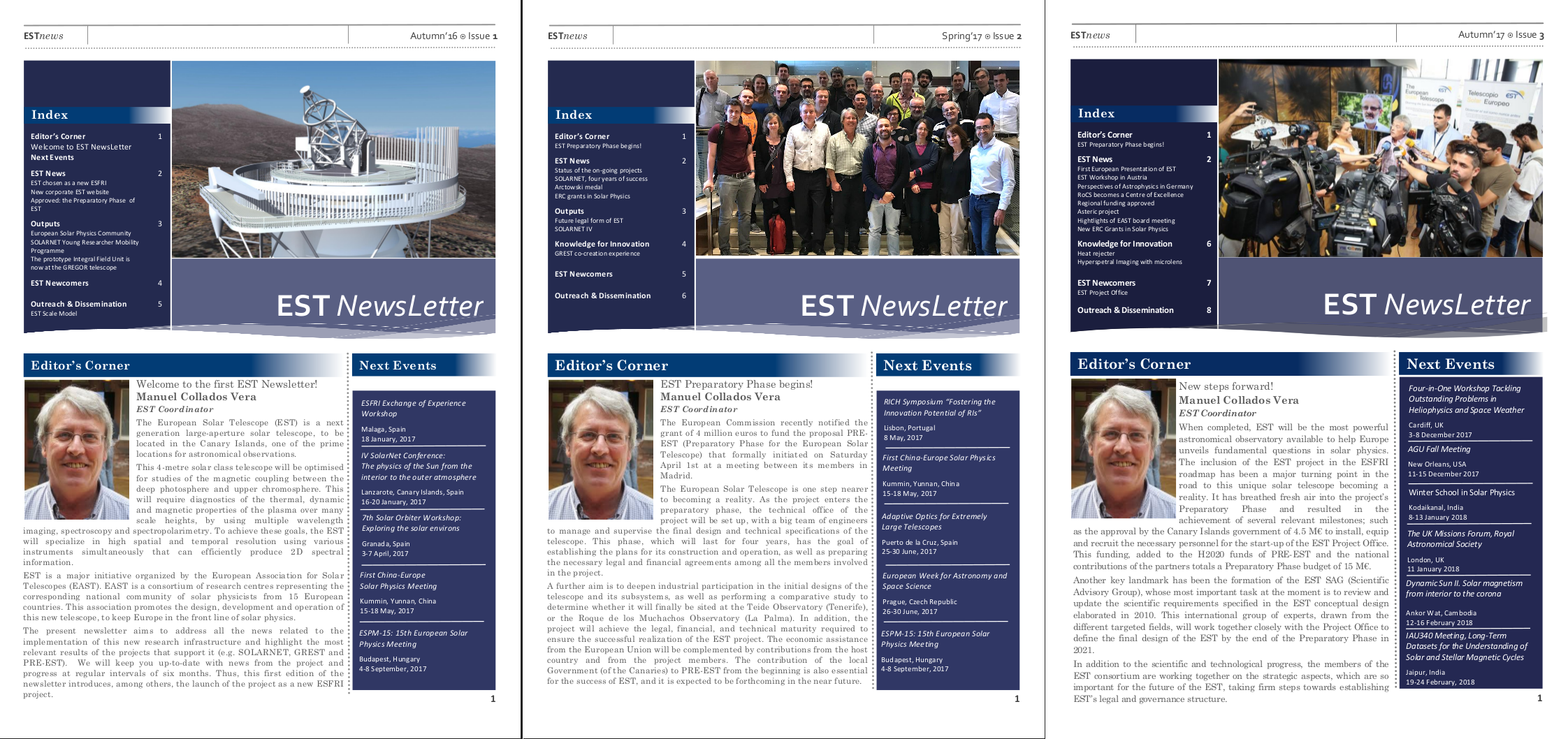|
EST-project
|
|
|
EST PAPER PUBLISHED IN ASTRONOMY AND ASTROPHYSICS, Quintero Noda et al., A&A 666, A21 (2022)
|
Creating educational resources for the classroom The EST Communication Office has recently released two hands-on activity books for secondary school students, as part of its commitment to the educational community. They form the EST Virtual Solar Kit, one of the deliverables of the PRE-EST project. The two activity books deal with “Telescopes and solar observations” and “Magnetic fields and solar phenomena”. These topics are cornerstones of the EST project, so they were chosen for the EST Virtual Solar Kit from the outset. Each book contains three activities for students between 10 and 16, which can be carried out in the classroom in sessions of one hour or less. They also have a short introduction to put the various activities in context, with practical guidelines for the teacher.
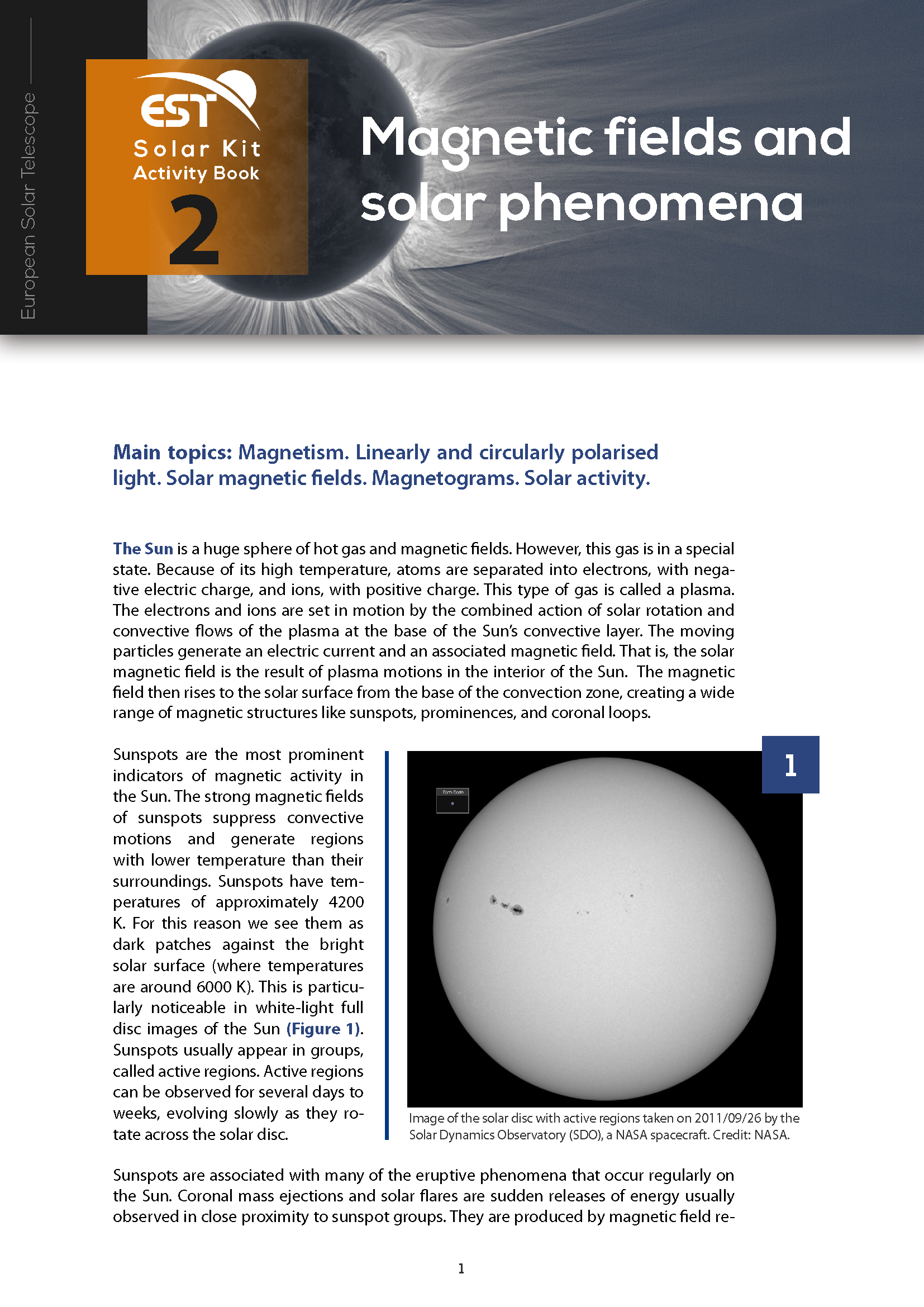
Most of the activities have been developed by the EST Communication Office from scratch. Some are truly unique because they address topics never considered before or because they use innovative approaches. The books contains a range of activities devised to show the students how we observe the Sun, the instruments we build, the tools we use, the solar features we study, and the physical concepts we apply, including optics, spectroscopy, polarization, and magnetism. We hope these activities are useful resources to teach science and engineering topics in the classroom, particularly those related with astronomy and solar physics. The EST Virtual Solar Kit can be donwload from the EST website. It is currently offered in English, but translations to other languages are already underway. The EST project is commited to promoting STEM topics in school. This is achieved through a range of actions, such as developing detailed hands-on activities for students, producing innovative audiovisual materials like The QuEST cartoon video series, and creating repositories of high-quality images and videos of solar features, solar telescopes, and the history of solar physics. The EST project is in contact with the educational community with a view to support their activities and develop synergies. After all, the kids and teenagers of today are the future users of the European Solar Telescope! |
|
Observing the Sun like never before
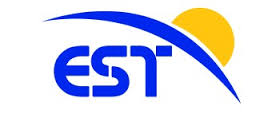
EST, the European Solar Telescope, is a revolutionary 4-metre aperture telescope designed to investigate our active Sun at unprecedented resolution. Equipped with state-of-the-art instrumentation, it will help scientists understand the magnetic coupling of the solar atmosphere. EST will be installed in the Canary Islands (Spain) to benefit from unique observing conditions. First light is planned for 2026. EST is supported by the European Association for Solar Telescopes (EAST), involving 23 research institutions in 16 countries across Europe. It is included in the Roadmap of the European Strategy Forum on Research Infrastructures (ESFRI) since March 2016. The project has received funding from the European Union's Horizon 2020 research and innovation programme under grant agreement No 7395000. EST-science: Understanding our active Sun
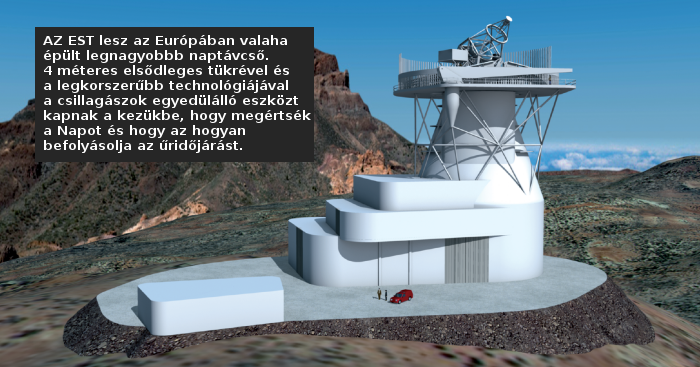
This requires observing fundamental processes at their intrinsic scales - less than 30 kilometres on the solar surface. To that end, EST is equipped with a 4-metre mirror, advanced adaptive optics, and a suite of innovative instruments for high-sensitivity, multi-wavelength spectropolarimetric observations. Az EST will be used to peer into the workings of the solar atmosphere with unprecedented detail and solve long-standing questions such as: the structure and evolution of solar magnetic fields, including sunspots; the emergence of magnetic fields through the solar surface; the dynamics and heating of the chromosphere; the trigger mechanism of flares; and the magnetic coupling of the solar atmosphere.
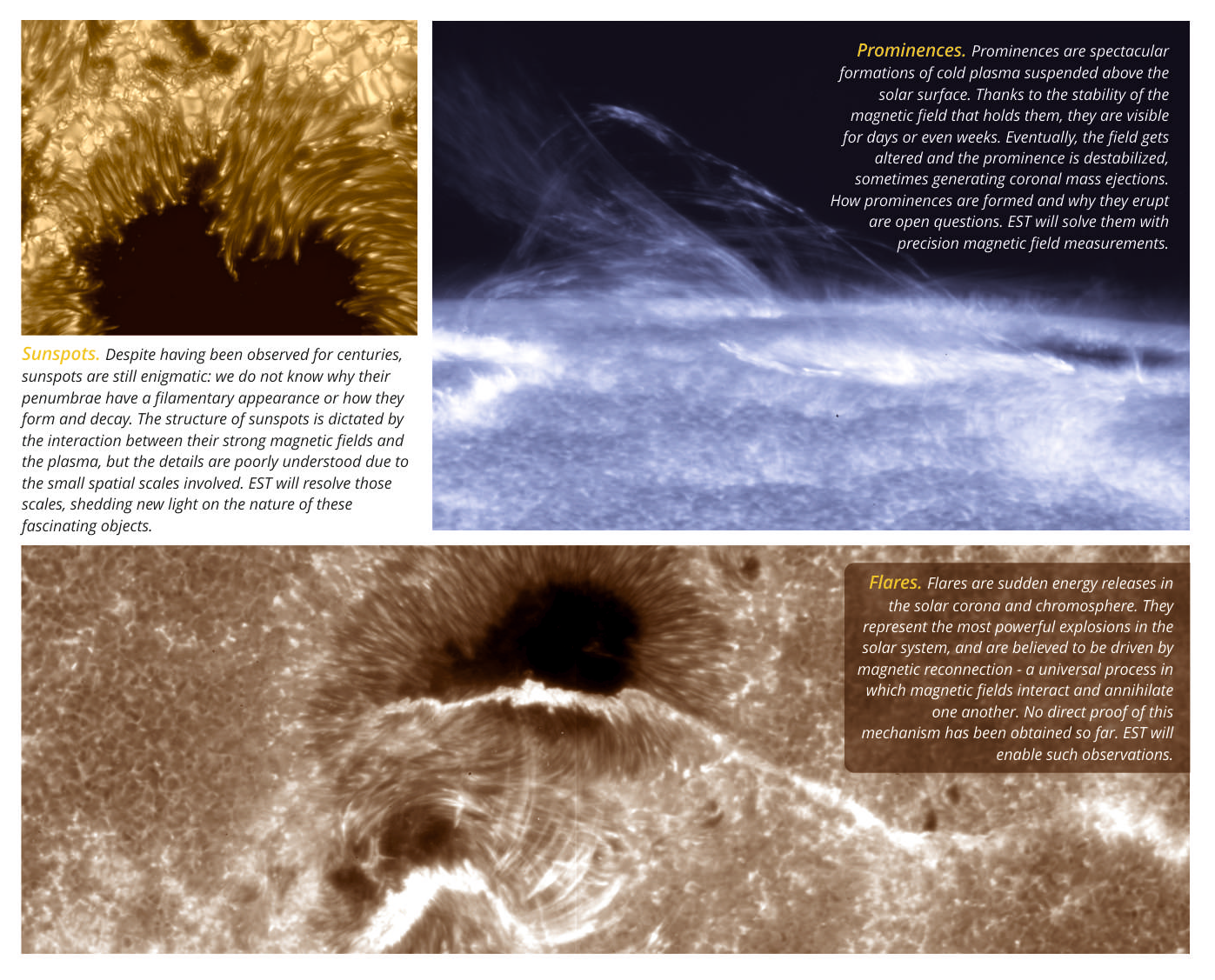
EST. A technological challenge EST represents a formidable technological challenge in many critical areas such as thermal control, adaptive optics, and instrumentation. Innovative solutions are being developed for the EST by the EAST partner institutions, in close collaboration with European industry. The construction of EST offers a unique opportunity for technological developments and industrial contracts to enhance European expertise in the design and fabrication of mechanical structures, optical elements, large-format detectors, high-precision scientific instrumentation, or data management systems.
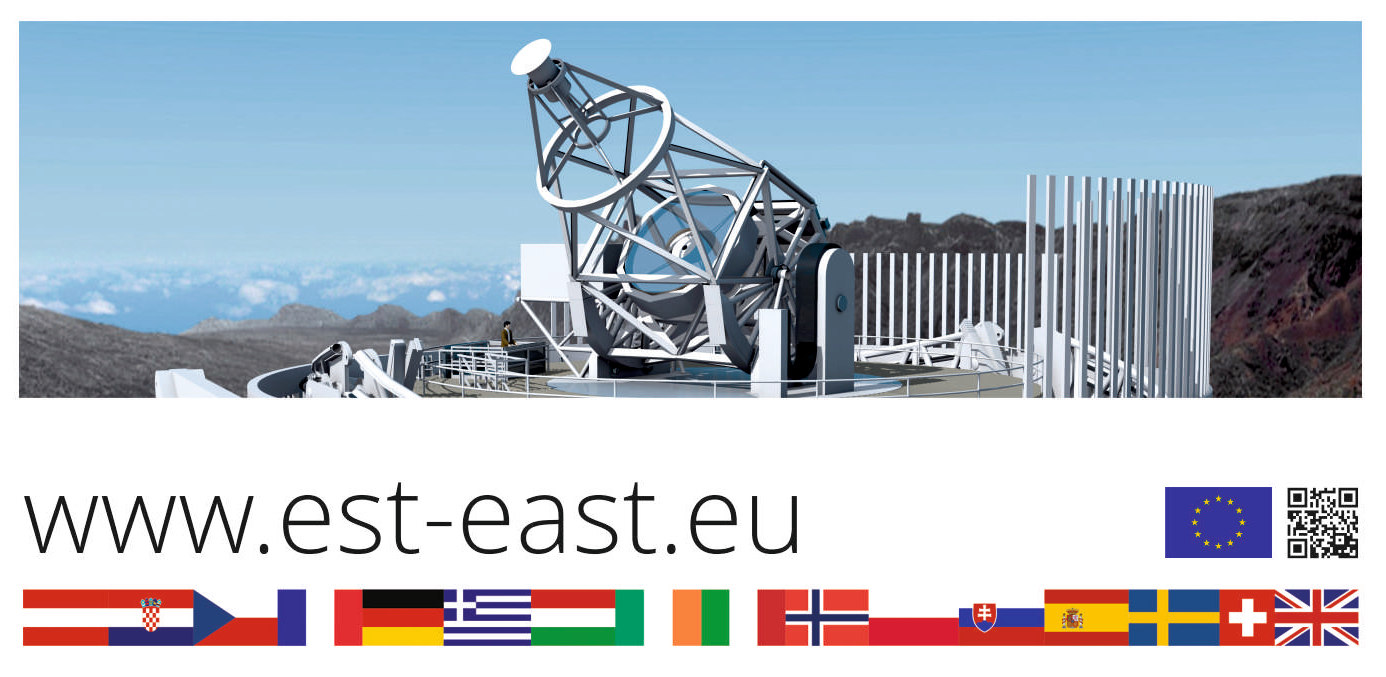
|




